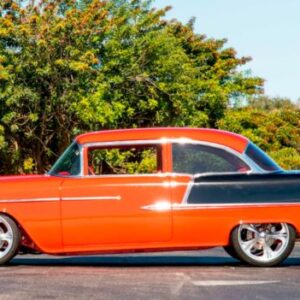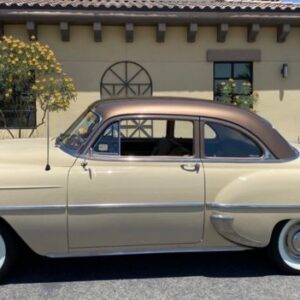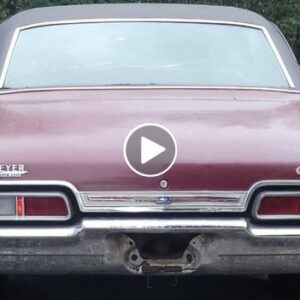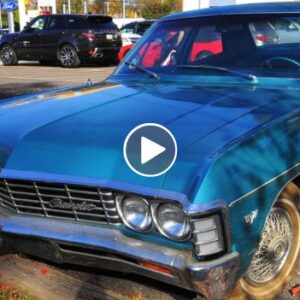The Fiat Jolly, also known as the Fiat 500 Jolly or Fiat Spiaggina, is a small, open-top car produced by the Italian automaker Fiat. The Jolly was based on the Fiat 500, a popular compact car of the 1950s and 1960s.
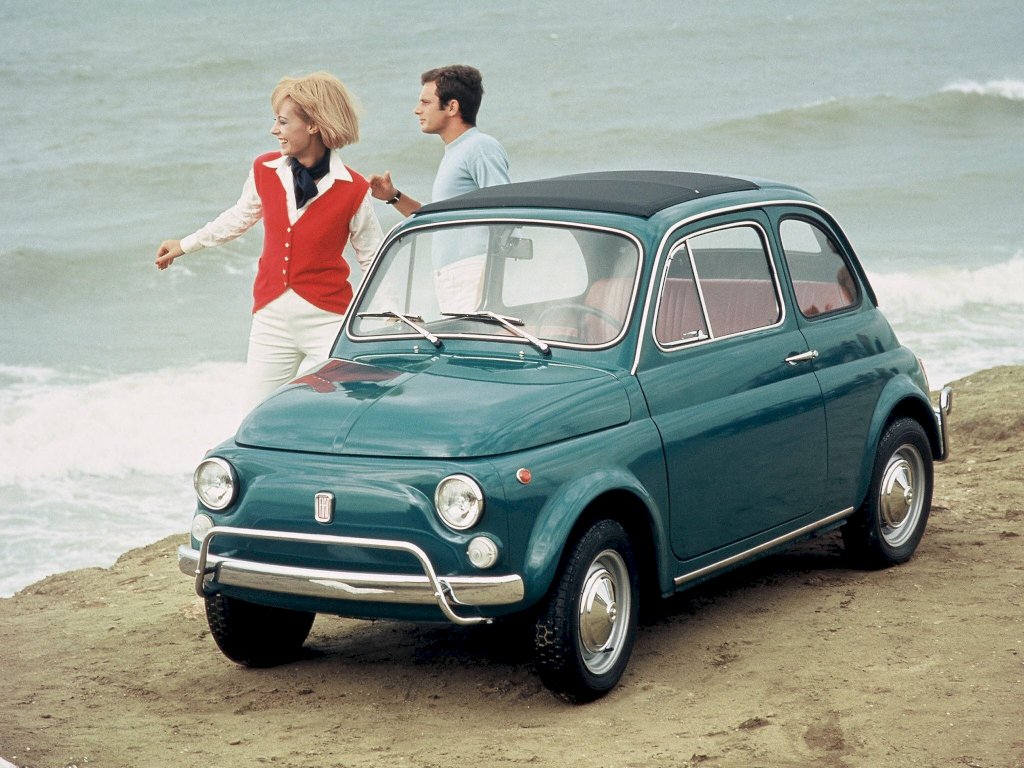
It is an iconic and charming car that represents a bygone era of leisure and luxury. Its distinctive design and association with the Italian Riviera have made it an enduring symbol of elegance and relaxation.
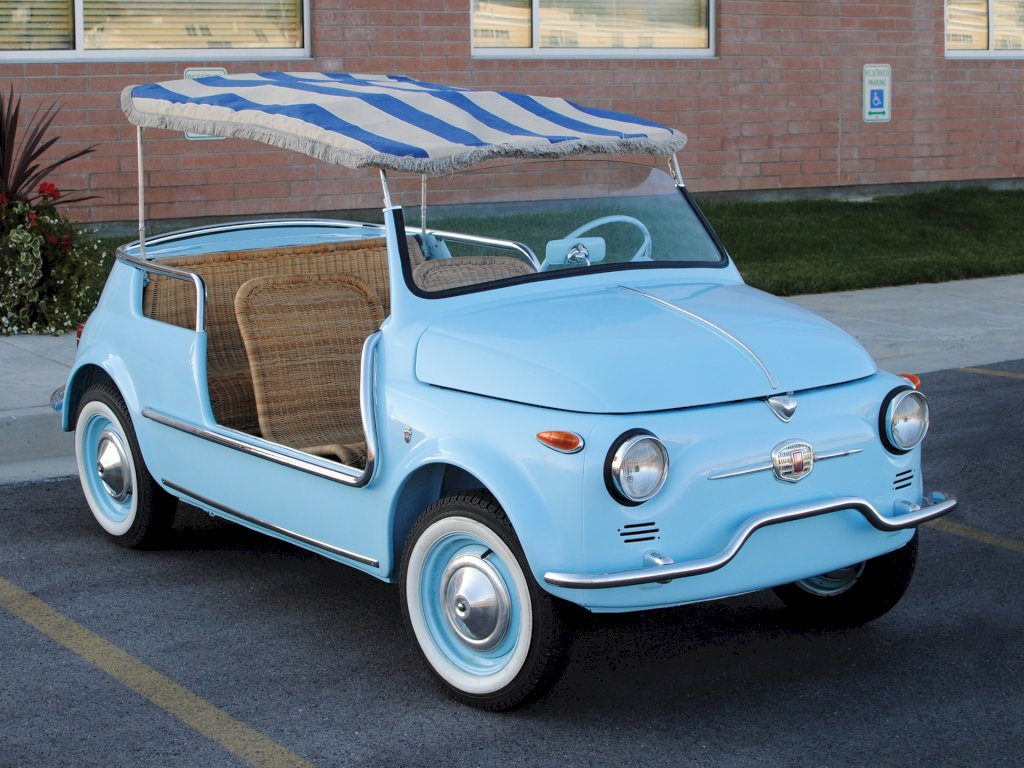
1. Collectibility
The Jolly was primarily marketed to wealthy customers and became a favorite among celebrities and affluent individuals. It was often used as a golf cart, yacht tender, or a luxurious way to cruise around beachside towns. The car’s unique design and retro aesthetic continue to make it a sought-after collector’s item today.
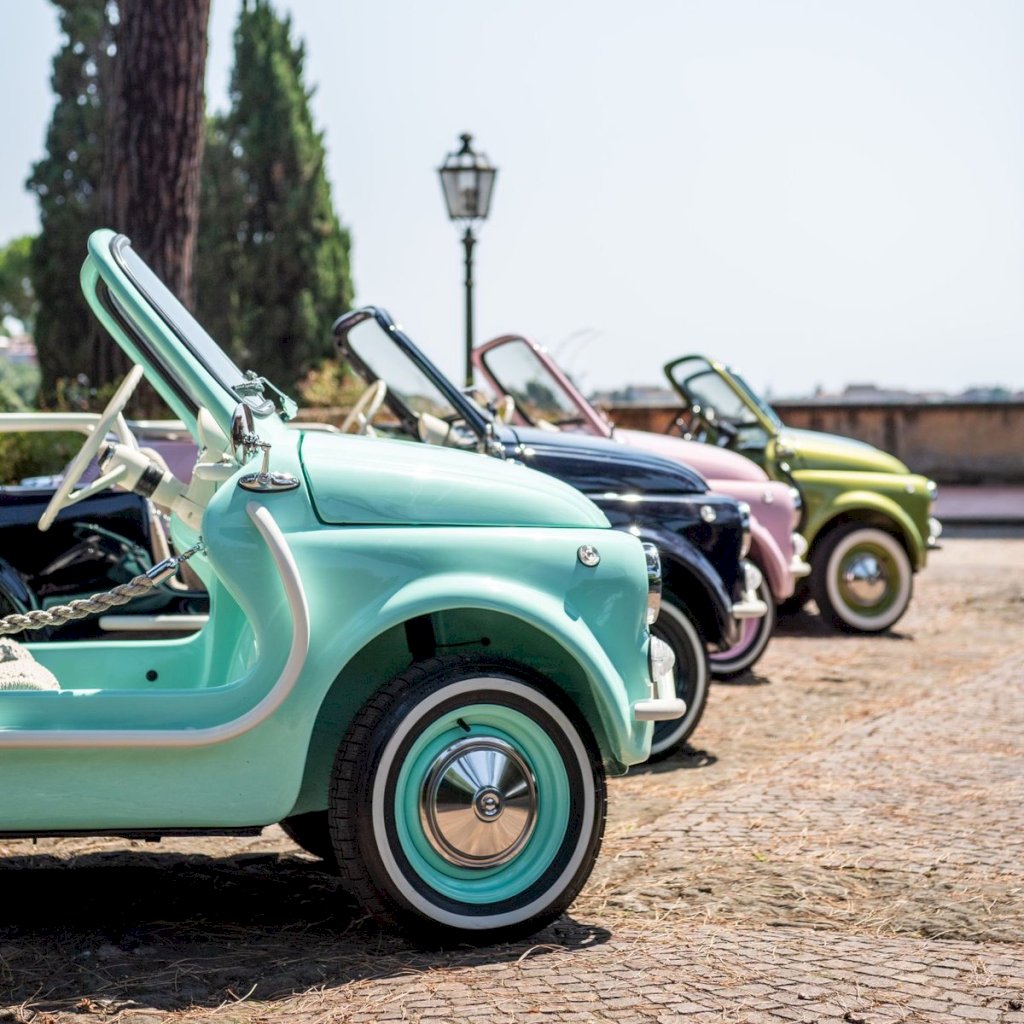
2. Design
The design of the Fiat Jolly is characterized by its unique and charming aesthetic, which sets it apart from the standard Fiat 500.

The design of the Fiat Jolly is characterized by its open-top layout, lack of doors, wicker or fabric roof, and attention to stylish details. It exudes a sense of carefree elegance and remains an icon of retro beachside motoring.
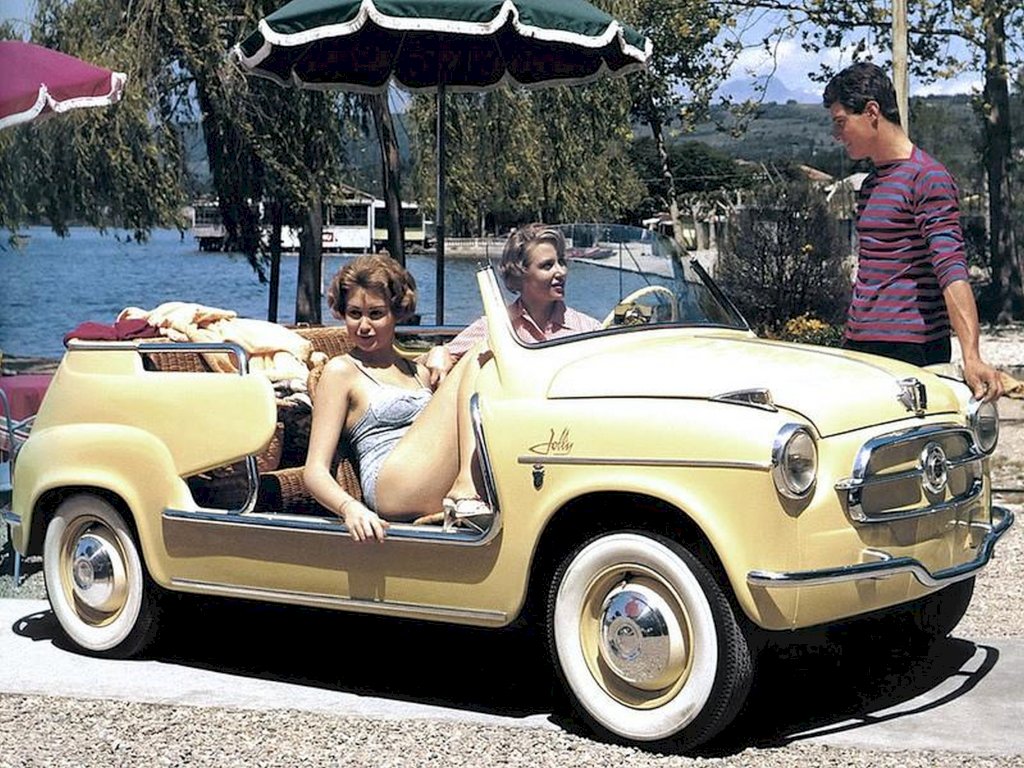
Open-Top Design
The Jolly features a completely open-top design, with no fixed roof or doors. This creates a sense of freedom and leisure, allowing passengers to enjoy the open air and sunshine.

Wicker or Fabric Roof
To provide some protection from the elements, the Jolly typically has a wicker or fabric roof. This roof can be raised or lowered to provide shade or cover when needed.

No Doors
One of the defining features of the Jolly is its lack of doors. Instead, passengers enter and exit the car by stepping over the low sides or using a small step that was sometimes added. This adds to the car’s unique and playful appeal.
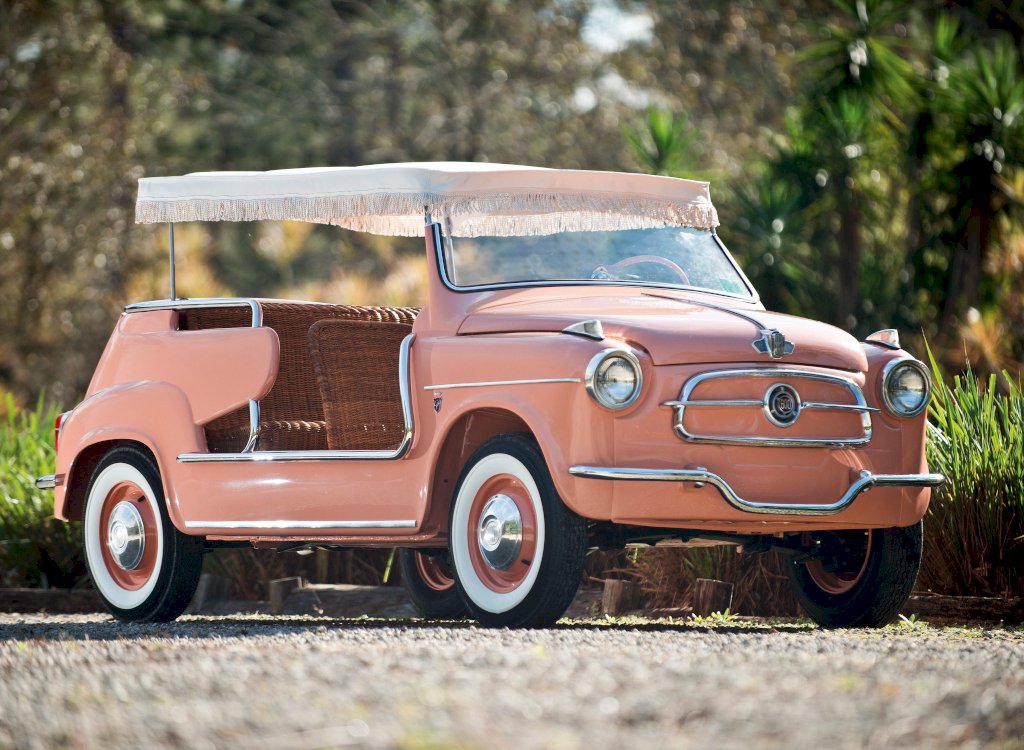
Wicker Seats
The seats of the Jolly are often made of wicker, a natural material that adds a touch of elegance and beachside charm. Some models also featured cushioned seats covered in fabric upholstery.
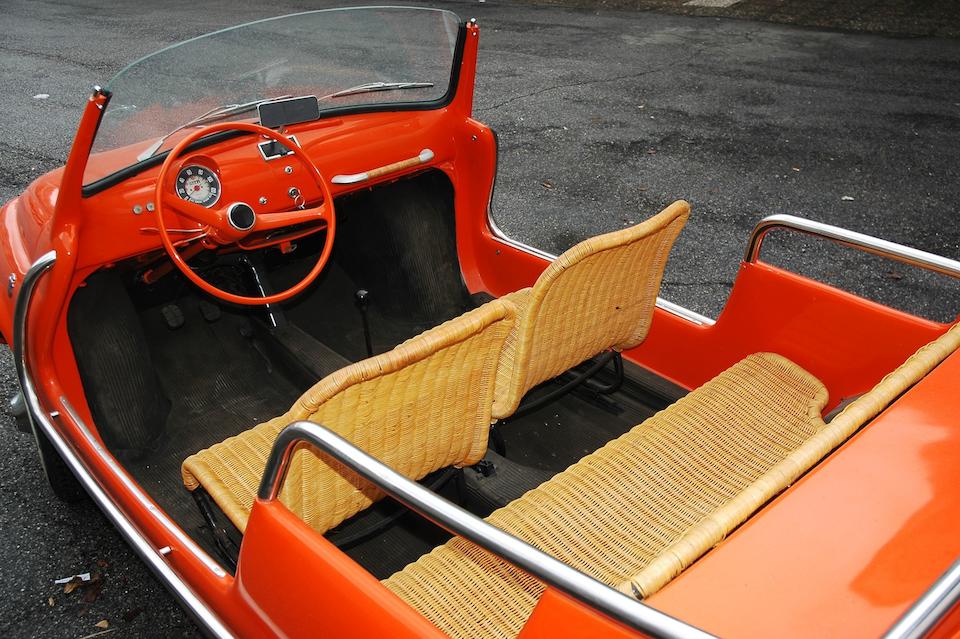
Chrome Details
The Jolly often featured chrome accents and details, such as chrome bumpers, door handles, and trim pieces. These elements added a touch of sophistication and complemented the car’s retro styling.
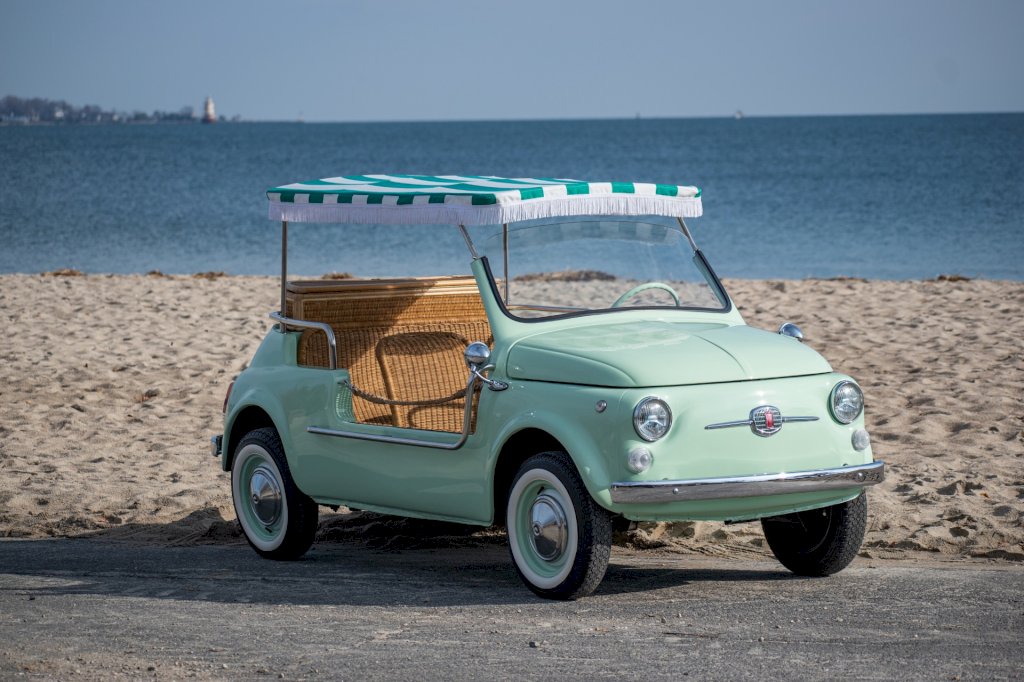
Compact Size
Like the standard Fiat 500, the Jolly is a small and compact car. Its diminutive size contributes to its nimble and agile nature, making it perfect for navigating crowded streets or beachside areas.

Vibrant Colors
The Jolly was offered in various vibrant and eye-catching colors, including pastel shades like light blue, coral pink, and mint green. These colors further enhance its cheerful and playful character.

3. Engine
The engine options for the Fiat Jolly varied depending on the specific model and the year of production. Here are some of the common engine configurations found in Fiat Jolly models:
Fiat 500 Engine
The Fiat Jolly was based on the Fiat 500, so many Jolly models were equipped with the same engines used in the standard Fiat 500. In its early years, the Fiat 500 Jolly often featured a 479cc air-cooled two-cylinder engine, which produced around 13 horsepower.
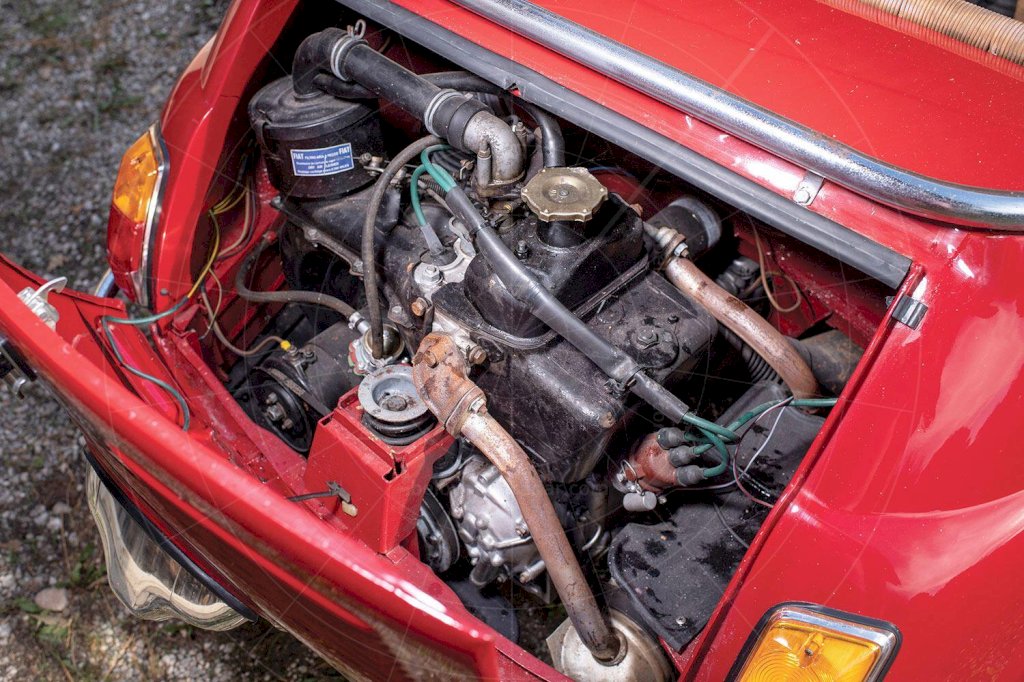
Later versions of the Fiat 500 Jolly, particularly those produced in the 1960s, were equipped with an upgraded 499cc engine that delivered around 18 horsepower.
Engine Variants
Over the years, Fiat introduced various engine variants for the Fiat 500, and some of these engines may have been used in specific Jolly models. For example, there were versions of the Fiat 500 equipped with a larger 594cc engine, which produced more power compared to the smaller 479cc and 499cc engines. These engine variations may have been available in certain Jolly models as well.
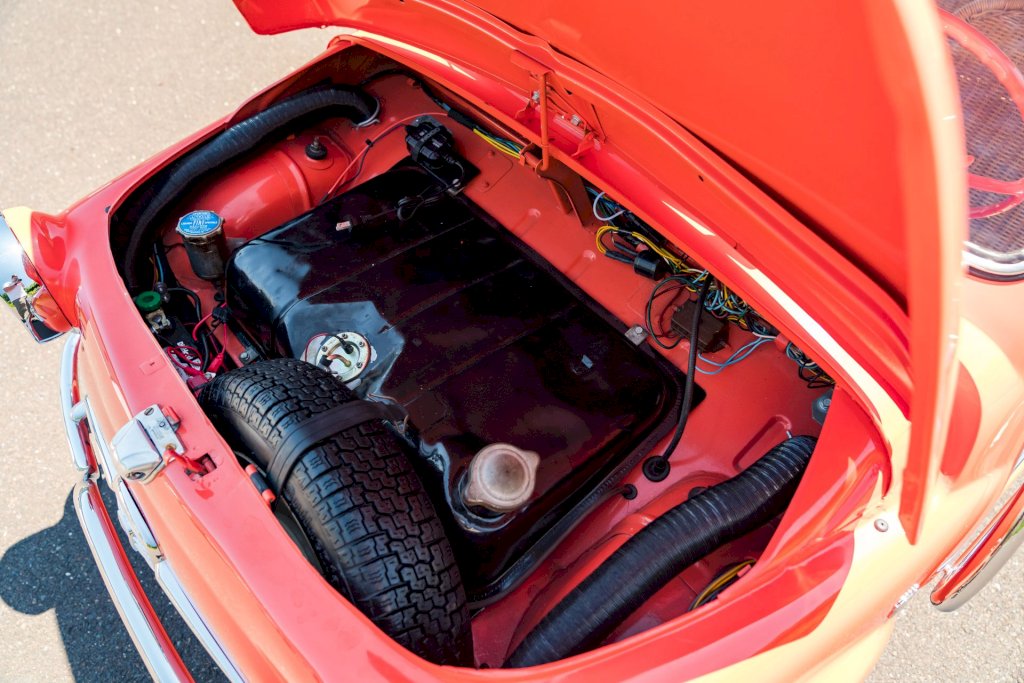
Other Modifications
It’s worth noting that the Fiat Jolly was primarily designed as a leisure vehicle, so performance was not its main focus. As a result, the engine configurations used in the Jolly were generally designed for city driving and leisurely cruising rather than high-speed performance.
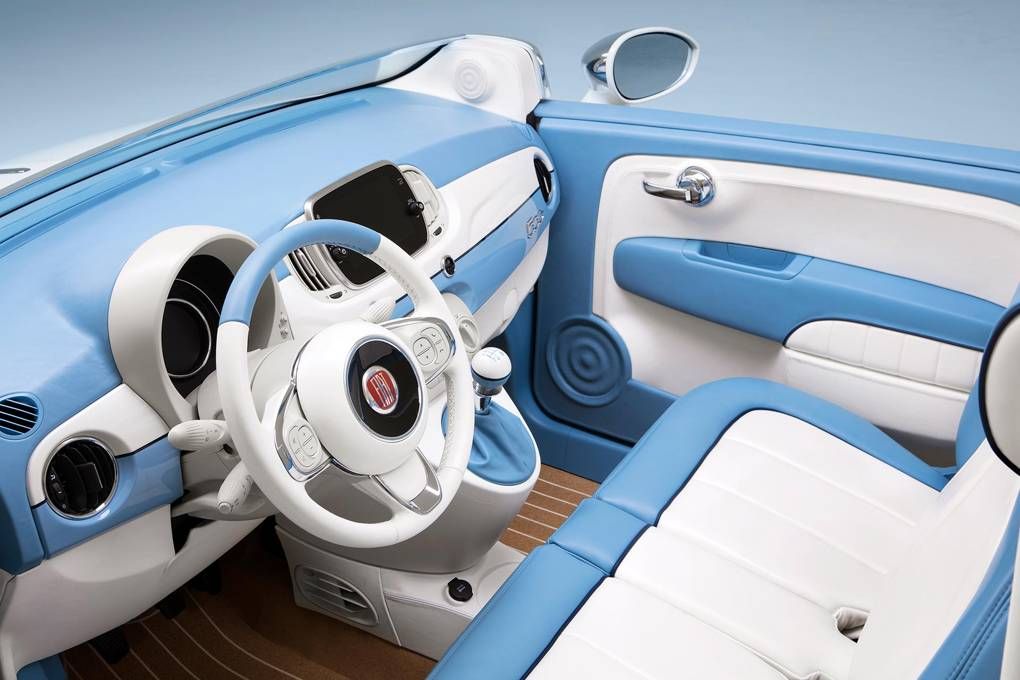
4. Performance
The performance of the Fiat Jolly is modest and tailored more towards leisurely driving rather than high-speed performance. Due to its small size and engine specifications, the Jolly is not designed to be a high-performance vehicle.
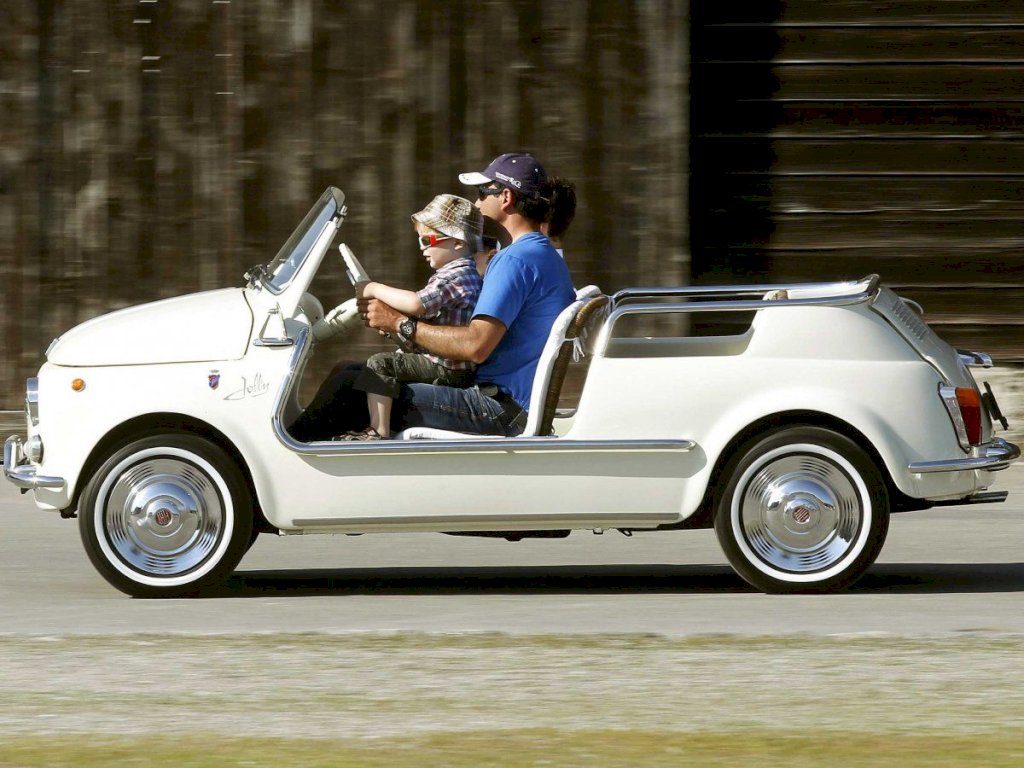
Engine Power
The power output of the Fiat Jolly’s engine varied depending on the specific model and engine variant. The early Jolly models typically had around 13 to 18 horsepower, while later versions with upgraded engines could produce slightly more power. These power levels were suitable for city driving and cruising at moderate speeds.

Top Speed
The top speed of the Fiat Jolly is relatively low compared to modern standards. Depending on the engine configuration and conditions, the Jolly’s top speed generally ranged from around 55 to 65 kilometers per hour (35 to 40 miles per hour). It’s important to note that the Jolly’s design and purpose were not focused on high-speed performance but rather on providing a stylish and leisurely driving experience.
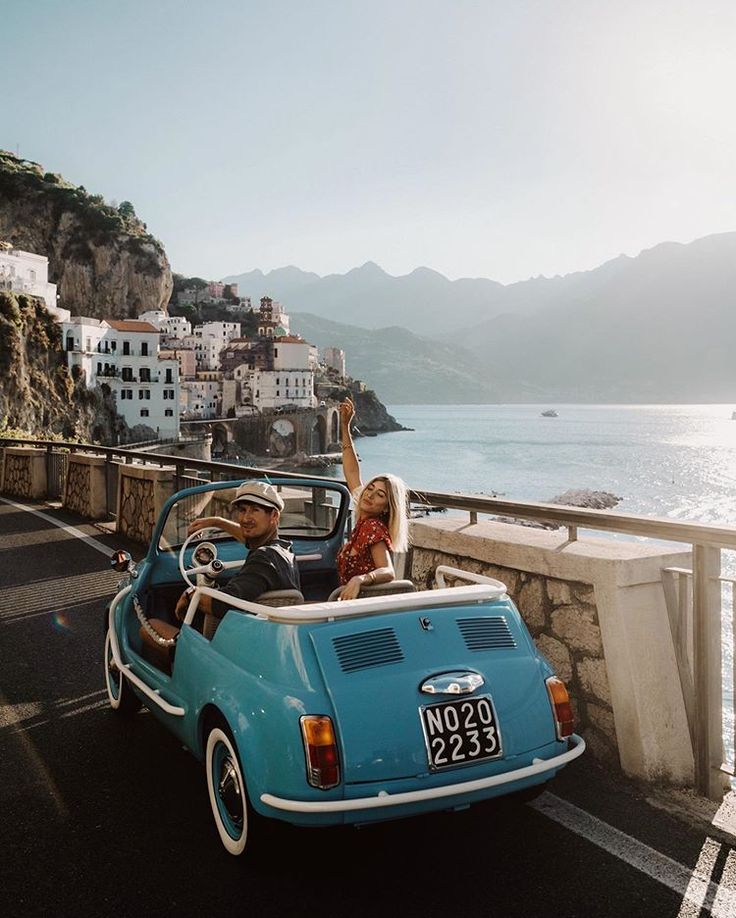
Handling and Maneuverability
The Fiat Jolly’s compact size and lightweight construction contribute to its nimble and agile handling. It is well-suited for navigating narrow streets, beachside areas, and crowded city environments. The Jolly’s small turning radius and responsive steering make it easy to maneuver in tight spaces.
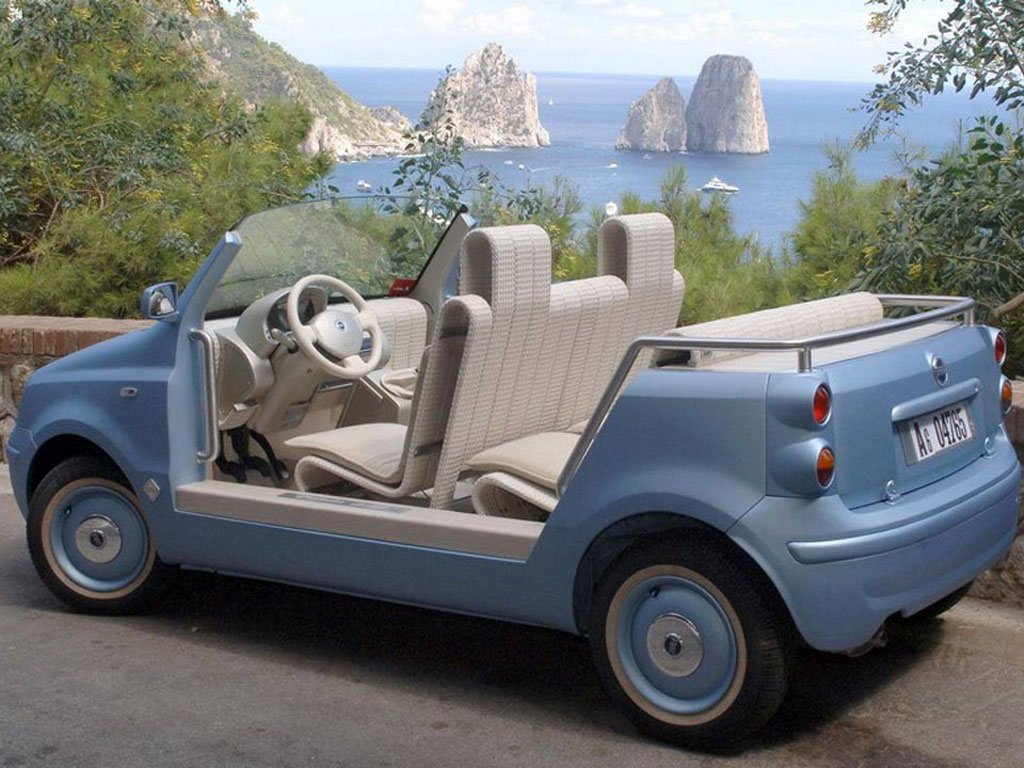
Leisurely Driving Experience
The Fiat Jolly’s performance characteristics align with its intended purpose as a leisure vehicle. It is designed to offer a comfortable and relaxed driving experience, perfect for cruising along coastal roads, beach towns, and other leisurely settings. The emphasis is on enjoying the open-air driving experience rather than achieving high speeds or sporty performance.
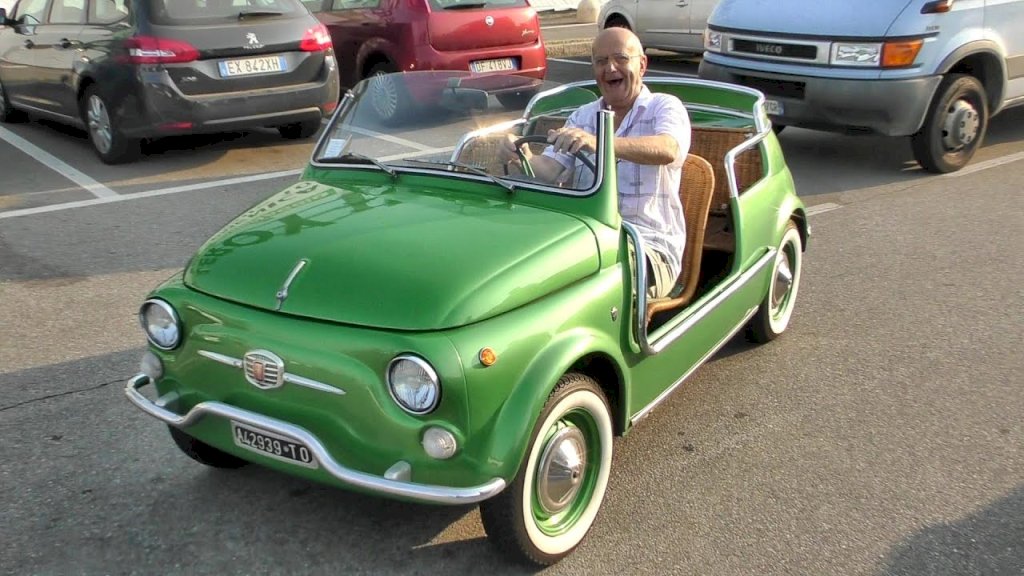
It’s important to note that Fiat Jolly’s performance should be understood within the context of its time and purpose. While its performance may not match modern standards, its cultural significance, charm, and nostalgic appeal continue to make it an iconic and sought-after classic car among enthusiasts and collectors.
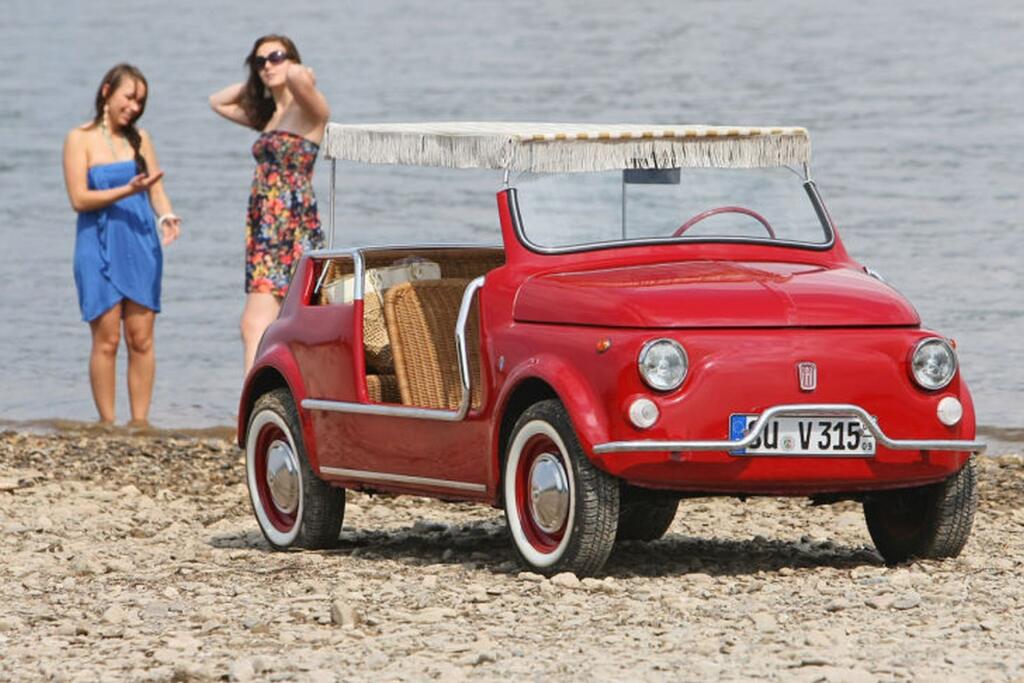
Although the Fiat Jolly was not originally designed for off-road use, some models were modified with larger wheels and other features to handle rough terrains. These off-road variants were often referred to as “Safari” models.

5. Cultural Significance
The Fiat Jolly holds significant cultural importance due to its association with leisure, luxury, and the glamorous lifestyle of the mid-20th century.

Icon of the Italian Riviera
The Fiat Jolly became an iconic symbol of the Italian Riviera and the Mediterranean lifestyle. It was often seen in coastal towns and resorts, where it represented the epitome of leisure and sophistication. The car’s open-top design, wicker seats, and vibrant colors perfectly complemented the sun-drenched beaches and glamorous atmosphere of the region.
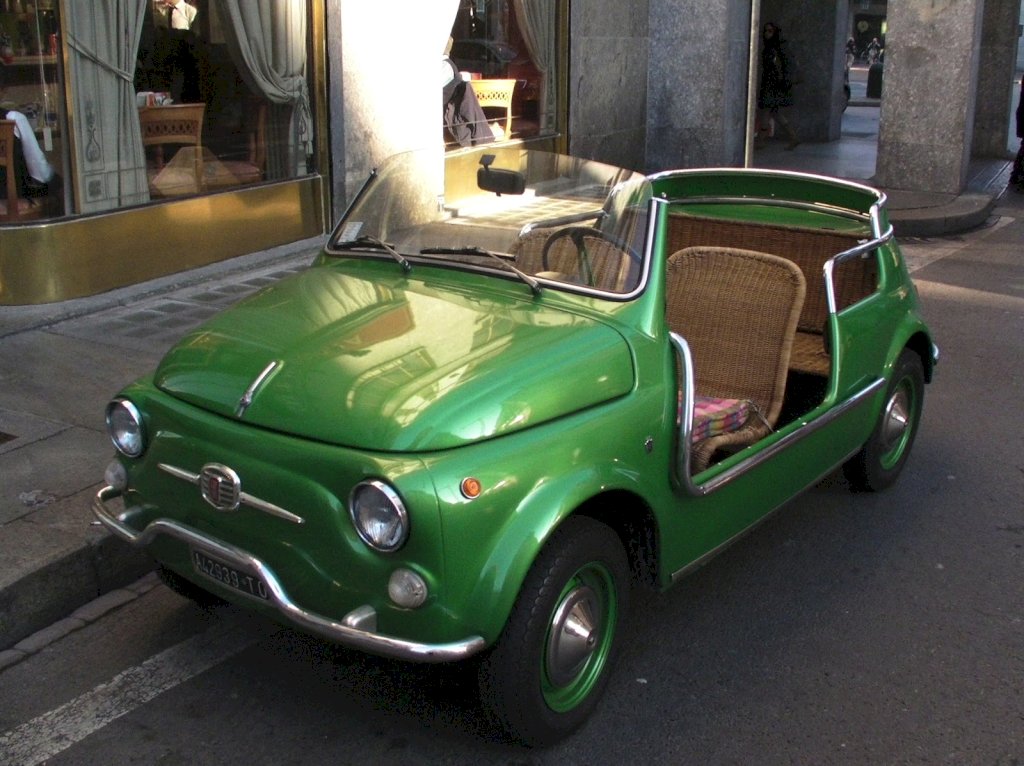
Celebrity Appeal
The Fiat Jolly gained popularity among celebrities and affluent individuals, further elevating its cultural status. High-profile figures, including actors, musicians, and socialites, were often seen driving the Jolly, which helped solidify its association with luxury and elegance.
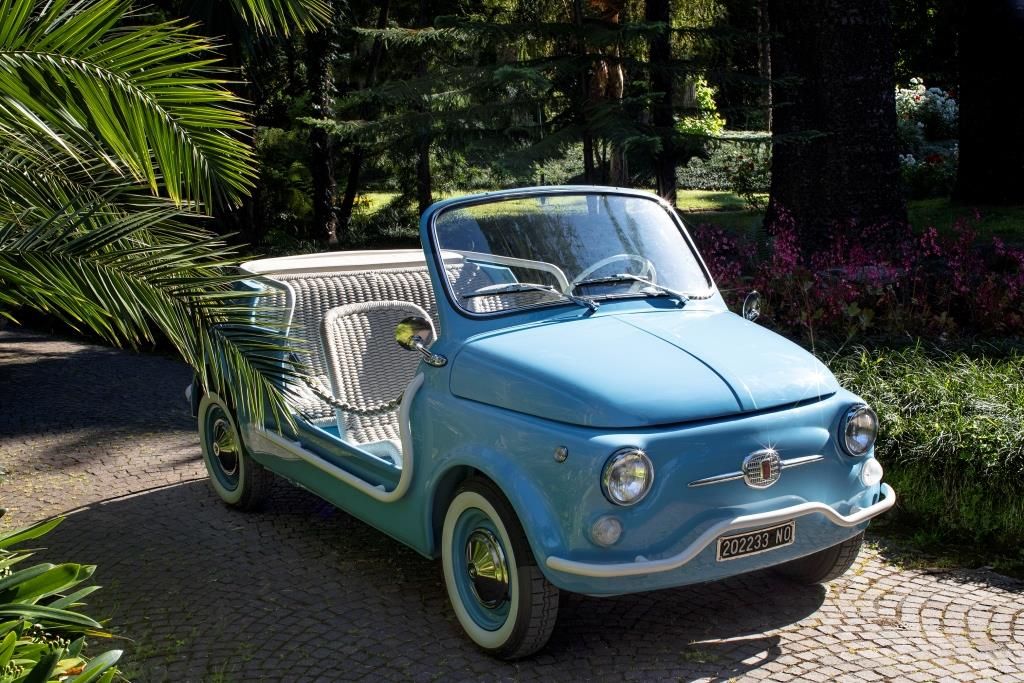
Leisure and Recreation
The Jolly was designed as a recreational vehicle, embodying the spirit of leisure and enjoyment. It was often used as a beach car, yacht tender, or golf cart, providing a stylish and fun means of transportation in leisurely settings. The car’s design and purpose captured the essence of carefree vacations and laid-back coastal living.

Retro Nostalgia
The Fiat Jolly has become a symbol of retro nostalgia, representing a bygone era of elegance and sophistication. Its distinctive design and vintage aesthetic have made it a sought-after collector’s item, and its popularity continues to endure today. The Jolly’s charm evokes a sense of nostalgia for a time when life seemed simpler and more glamorous.
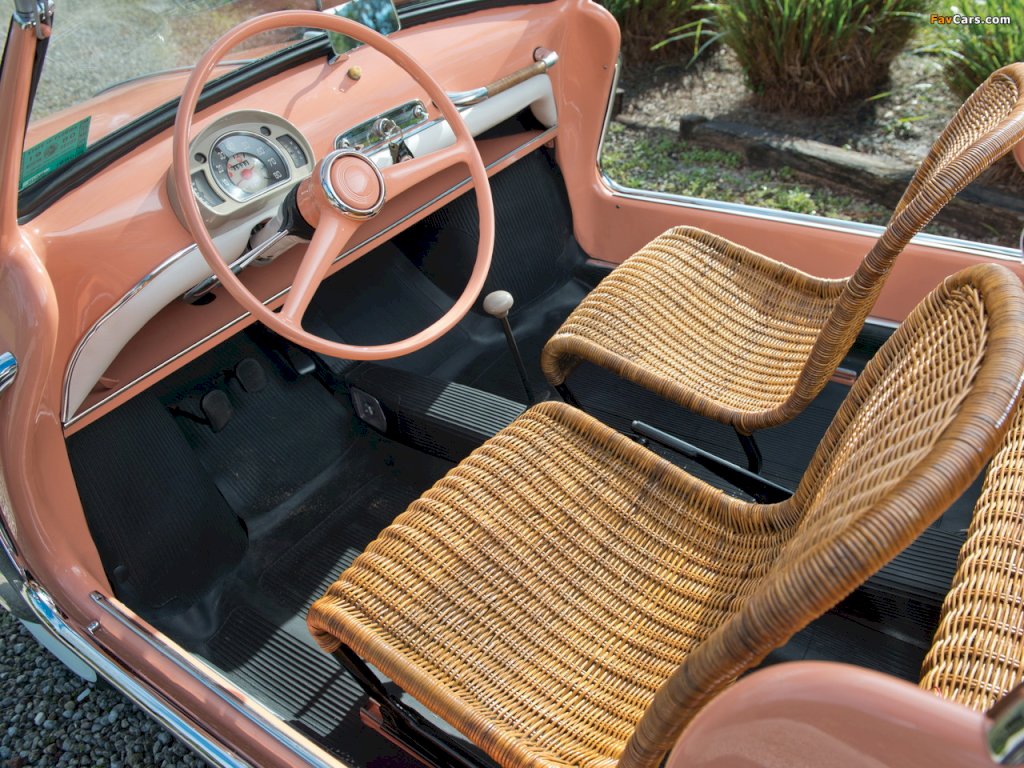
Design Inspiration
The Fiat Jolly’s unique design has inspired subsequent generations of car designers and enthusiasts. Its playful and unconventional features have influenced the creation of modern retro-inspired cars and custom projects. The Jolly’s aesthetic elements, such as the open-top design and wicker details, have been incorporated into various automotive designs as a nod to its cultural significance.

Overall, the Fiat Jolly’s cultural significance lies in its representation of leisure, luxury, and the carefree lifestyle associated with coastal destinations. It has become an enduring symbol of retro elegance and continues to captivate enthusiasts and collectors who appreciate its unique design and nostalgic appeal.

